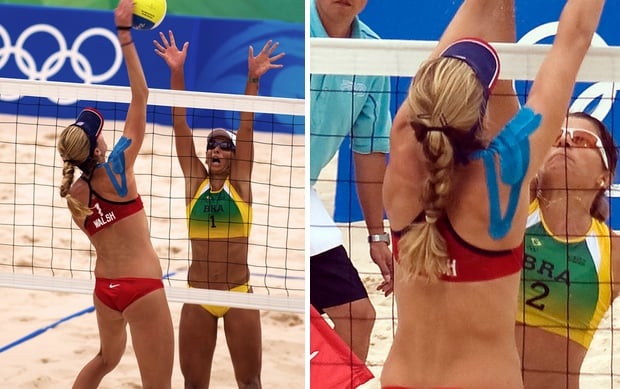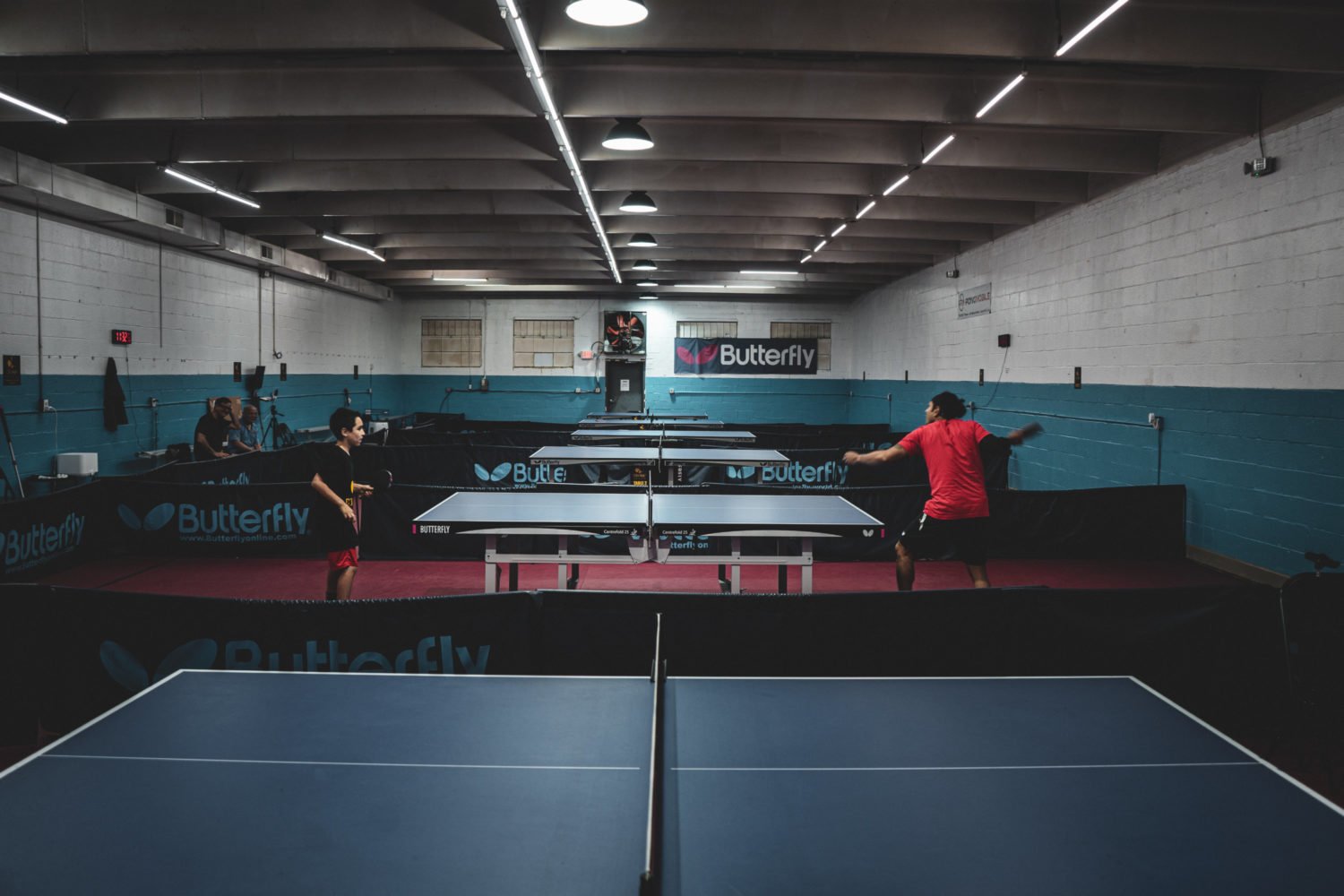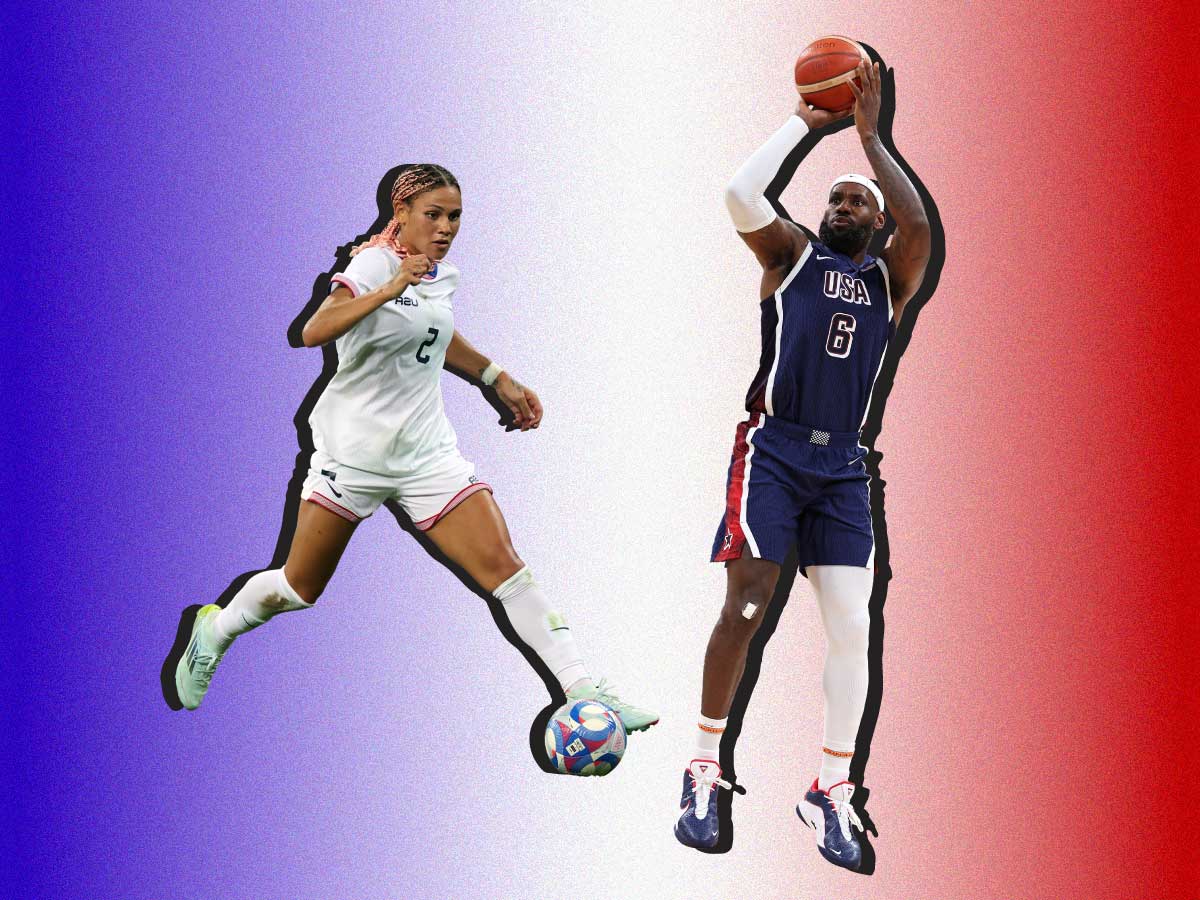The Olympics are entertaining and awe-inspiring—and in many cases, also confusing. Watching volleyball, diving, and track events particularly could leave you wondering: What is that weird tape on everyone’s back, shoulders, and legs?
It’s kinesio tape—or physio tape, depending on whom you ask—and it’s meant to help stabilize loose joints and relieve strain on damaged soft tissue.
Physical therapist Robert Gillanders, who regularly treats athletes (mostly runners and triathletes) at Sport & Spinal Physical Therapy in DC’s Washington Circle, says the tape “can offload mechanical stress. For these people we see in the Olympics, it’s most likely being used for dynamic stability.”
Gillanders says while “the patterning looks crazy . . . usually it’s in line with the muscle underneath it that’s in dysfunction.” The tape provides what he calls “dynamic facilitation,” meaning that it helps activate injured or weak muscles so they move properly. Pain or swelling can sometimes cause muscles to turn off completely, which Gillanders says can cause instability—kinesio tape helps prevent that from happening.
But why not just use regular athletic tape? The biggest difference between kinesio tape and athletic tape, says Gillanders, is its elasticity. Athletic tape is static, but kinesio tape is flexible, so it can provide support without impeding movement.
Sounds great, right? But Gillanders cautions that it’s not a cure-all. “These athletes are getting treatment every day, all the time. We see the tape while they compete, but people shouldn’t think it’s working alone.” When coupled with other strengthening techniques, he says, he’s never seen a negative reaction. It’s not likely to hurt, but it may not work magic.
Gillanders says the tape works best for back, shoulder, and knee pain as well as Achilles tendonitis, which explains its overwhelming popularity among volleyball players, runners, and divers. It’s important to note, though, that without the guidance of a physical therapist, it’s unlikely the average person will apply it effectively.
And even with that guidance, the tape may not help drastically. Says Gillanders, “By itself, like many things, there’s value there. But it’s really best as part of a well-rounded routine.”


















